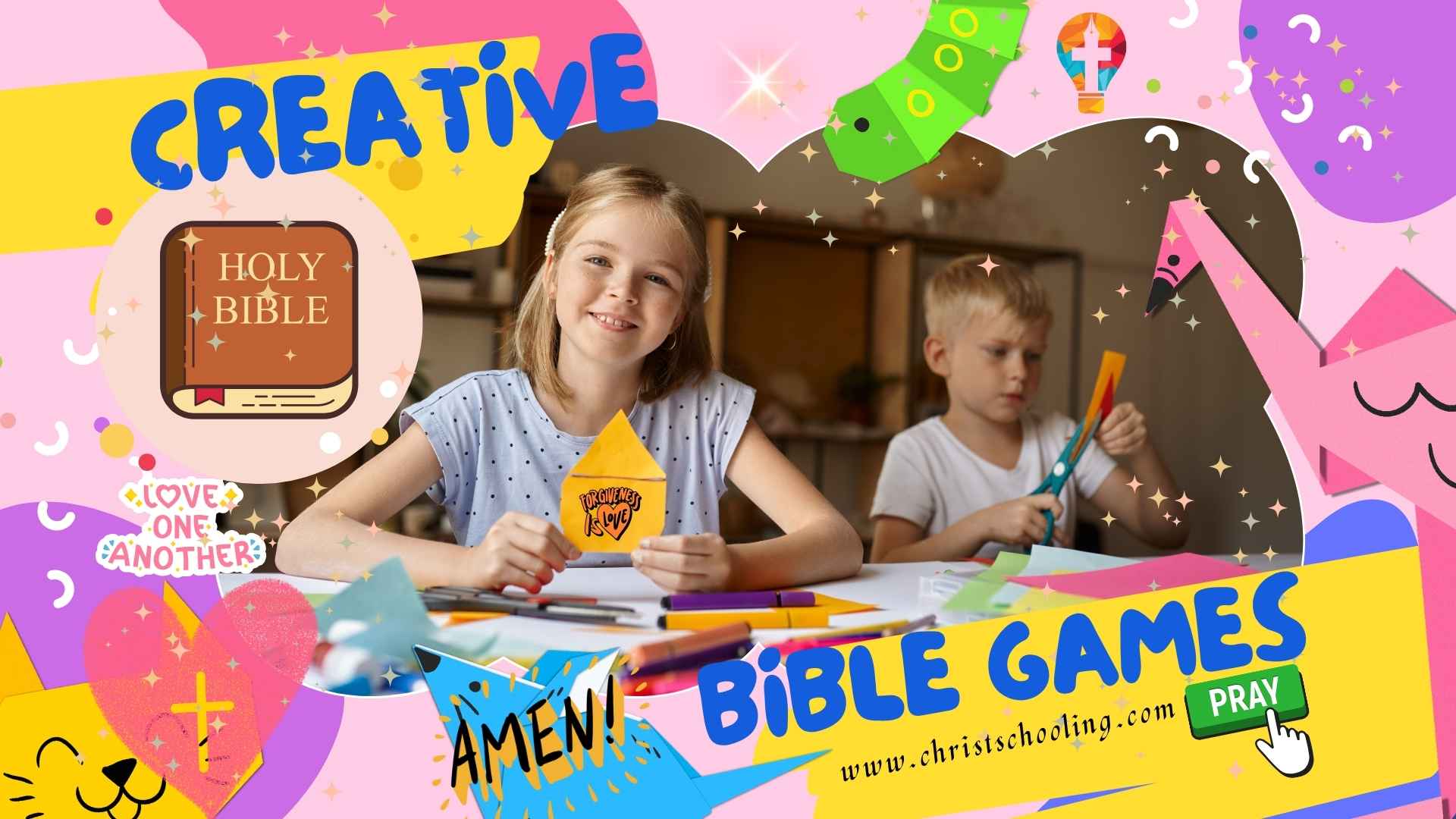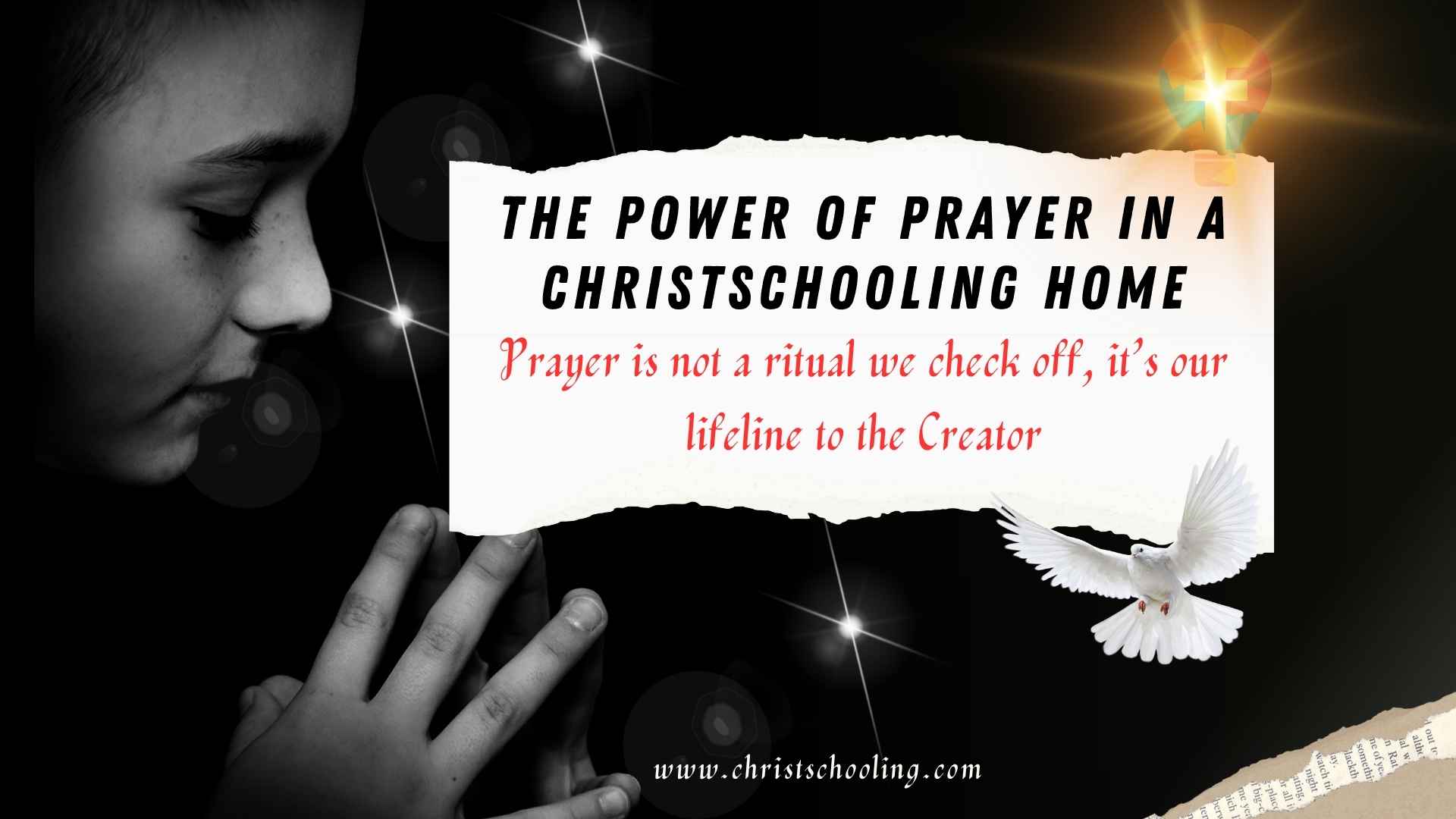Simple Character Studies: Joseph, Ruth, and Daniel
When teaching children the Bible, it’s powerful to anchor lessons in the real lives of people who walked faithfully with God—despite their humanity, weakness, and trials.
Joseph, Ruth, and Daniel are standout examples in Scripture: not because they were flawless, but because they trusted a flawless God.
In today’s Christ Schooling blog, we’re diving into simple, faith-filled character studies of these three figures to help children not only know their stories—but meet their Savior through them.
Their lives speak of courage, loyalty, humility, and unwavering trust in God’s promises.
Let’s walk with them, flaws and all, and discover how to teach these character traits in a relatable, gospel-centered way at home.
Joseph: Faithful in the Pit and the Palace 🕊️
Key Scriptures: Genesis 37–50
Character Trait: Forgiveness & Trust in God’s Sovereignty
Joseph’s life was anything but smooth—betrayed by his brothers, sold into slavery, wrongly imprisoned, and forgotten by those he helped. And yet, through it all, Joseph held onto God.
Genesis 50:20, he tells his brothers, “You meant evil against me, but God meant it for good…”
What an extraordinary lesson for our children in trusting God’s sovereignty, even when life feels unfair!
🔍 Moments of Weakness: While the Bible presents Joseph as a godly man, we also see signs of youthful pride (Genesis 37:2–5) when he spoke unwisely about his dreams.
These flaws help children understand that even great leaders grow through correction and maturity.
📚 Teaching Tips:
- Create a Joseph’s Journey Timeline with your child to visualize the ups and downs of his life.
- Act out scenes as a drama—especially the moment of forgiveness with his brothers!
- Discuss how Joseph’s heart reflected Jesus, who also forgave those who wronged Him.
Ruth: Loyal in Love, Humble in Heart 💕
Key Scriptures: Ruth 1–4
Character Trait: Loyalty & Humility
Ruth, a Moabite widow, could have returned to her old life. But her love and commitment to Naomi—and to Naomi’s God—changed the course of her life and legacy. Her words in Ruth 1:16 still echo in faith-filled hearts:
“Your people shall be my people, and your God my God.”
She modeled true humility, hard work, and quiet faithfulness, showing that obedience in the small things matters greatly to God.
🔍 Moments of Weakness: Ruth came from a people who worshiped idols, and we can imagine she wrestled with the unknown future, loss, and grief.
Her story reminds children that God’s grace reaches us wherever we come from.
📚 Teaching Tips:
- Make a Ruth’s Family Tree leading to Jesus (Matthew 1:5).
- Let children draw grain stalks to represent Ruth gleaning in the fields and God’s provision.
- Memorize Ruth 1:16 and reflect on what it means to choose God’s way, even when it’s hard.
Daniel: Courage to Stand Alone 🦁
Key Scriptures: Daniel 1–6
Character Trait: Courage & Faithfulness in Trials
Daniel was taken from his home as a teenager and placed in a godless culture. Despite pressure, he stood firm in prayer, truth, and obedience. Daniel 6:10 tells us,
“When Daniel knew that the document had been signed, he went to his house… and got down on his knees three times a day and prayed…”
Children today face a world that often opposes biblical truth—Daniel’s life is a call to stand strong with God, even when they stand alone.
🔍 Moments of Weakness: The Bible doesn’t highlight specific sins of Daniel, but like all people, he was not sinless (Romans 3:23).
The emphasis on his integrity doesn’t mean he was perfect—but that he continually turned toward God in faith.
📚 Teaching Tips:
- Create a Daniel’s Prayer Chart to encourage daily consistent prayer.
- Build a “lion’s den” craft and talk about trusting God when you’re afraid.
- Roleplay making a godly choice under peer pressure like Daniel and his friends.
The Gospel Thread: Why Their Stories Point to Jesus
Each of these characters shines a light on the ultimate Hero—Jesus Christ. Joseph’s forgiveness, Ruth’s loyalty, and Daniel’s courage all find their fulfillment in Him.
They were not perfect—but Jesus is. Where Joseph was betrayed, Jesus was also betrayed. Where Ruth followed a redeemer in Boaz, we follow Christ our Redeemer. Where Daniel was preserved in the lion’s den, Jesus rose from death itself.
Let children see: every Bible character is a signpost that points to the Savior. And like these heroes, your child is invited into God’s bigger story.
How to Make It Come Alive at Home 🎨
You don’t need a theology degree or hours of prep to teach these stories. All you need is a Bible, a few creative tools, and a heart ready to walk beside your children as they grow in faith.
🧡 Keep it simple. Read a chapter a day, and ask open-ended questions.
🧡 Use storytelling and imagination. Let them narrate or draw what they learned.
🧡 Emphasize God’s role more than the human hero. The main character is always God.
✨ Coming Soon: Free Printable Character Study Pack!
To make these lessons fun and tangible, we’ll be providing a free printable pack after the 90-day blog series, including:
✅ Joseph’s Journey Timeline
✅ Ruth’s Family Tree to Jesus
✅ Daniel’s Prayer Chart
✅ Character Traits Coloring Pages
💡Stay tuned at www.christschooling.com to download these engaging tools for your homeschool or devotional time.
Final Encouragement 💬
Dear parent, these simple character studies aren’t just Bible lessons—they are heart-shaping, life-forming encounters.
As you walk with your children through the lives of Joseph, Ruth, and Daniel, you are doing more than telling stories.
You are building faith, pointing to Christ, and planting seeds of righteousness that will bear eternal fruit.
Don’t worry about being perfect. Just be present, be prayerful, and let God do the shaping.
Let these heroes remind your children that God uses ordinary people for extraordinary purposes—and He will use them too.









